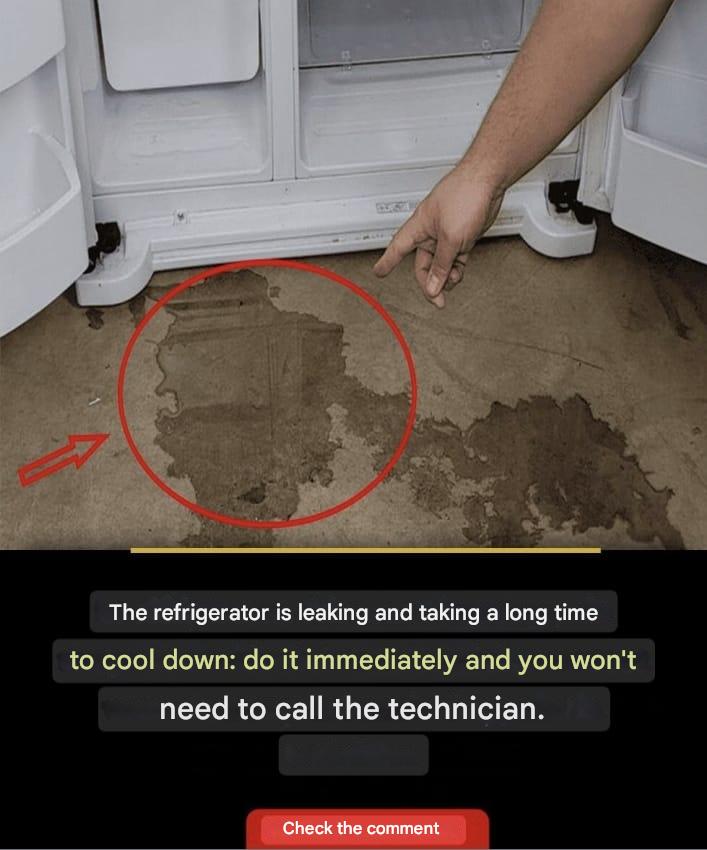ADVERTISEMENT
For Complete Cooking STEPS Please Head On Over To Next Page Or Open button (>) and don’t forget to SHARE with your Facebook friends
How to Fix It:
- Remove Items Blocking the Vents: Open the refrigerator and freezer and check to see if any food items are blocking the air vents. Remove anything that might be obstructing the airflow.
- Defrost if Necessary: If there is ice buildup around the vents, unplug the fridge and allow it to defrost. Use a hairdryer on the lowest setting to gently melt the ice if needed.
5. Check the Thermostat Settings
If the thermostat in your fridge is malfunctioning, it can prevent the compressor from kicking in or cause the fridge to run inefficiently.
How to Fix It:
- Adjust the Temperature: Check the thermostat settings and make sure they are set to the correct temperature. Most refrigerators should be between 37°F and 40°F (3°C to 4°C) for optimal cooling.
- Test the Thermostat: If adjusting the settings doesn’t help, you may need to test the thermostat. If it’s faulty, you might need to replace it.
6. Level the Refrigerator
A refrigerator that is not level may not function correctly, especially when it comes to cooling. If the fridge is tilted or not balanced, it can affect the drainage, airflow, and overall efficiency.
How to Fix It:
- Check the Level: Use a spirit level to check if the refrigerator is sitting evenly. The fridge should be slightly tilted backward to ensure that the door seals properly.
- Adjust the Feet: Most fridges have adjustable feet at the bottom that allow you to level the appliance. Adjust them until the fridge sits evenly on the floor.
7. Allow Time for Cooling
After performing these steps, give your refrigerator some time to cool down properly. If you’ve recently opened the fridge or freezer for cleaning or maintenance, it may take a few hours for the temperature to stabilize. Avoid opening the door frequently during this time.
When to Call a Technician
If you’ve followed all of these steps and your refrigerator is still leaking or taking a long time to cool, it could indicate a more serious problem, such as a malfunctioning compressor or refrigerant leak. In that case, it’s best to call a professional technician to inspect and repair the unit.
Conclusion
A leaking refrigerator that takes a long time to cool can be annoying, but with a little effort, you can often solve the problem yourself. By checking for a clogged defrost drain, cleaning the condenser coils, inspecting the door seals, and ensuring proper airflow, you can prevent the need for an expensive repair technician. Taking immediate action will not only save you money but also extend the life of your refrigerator and keep your food fresh and safe.
